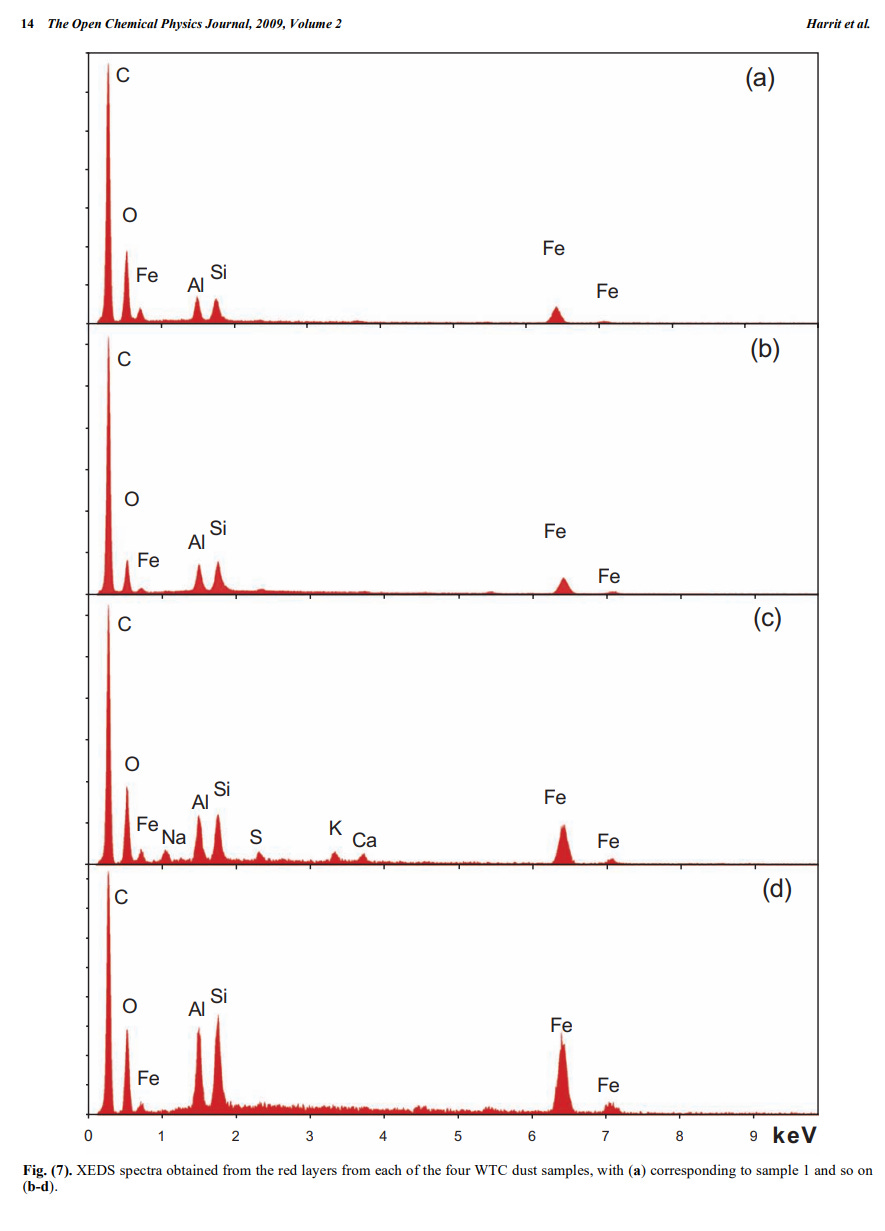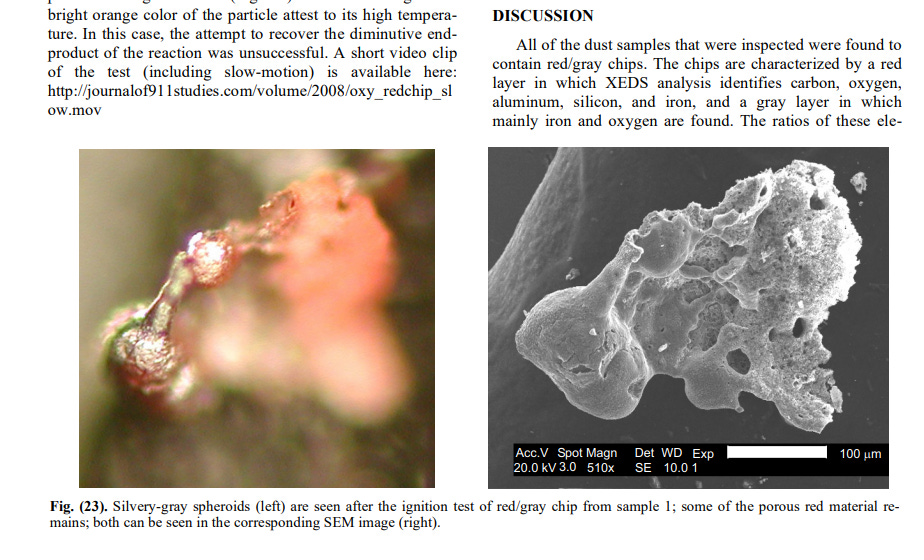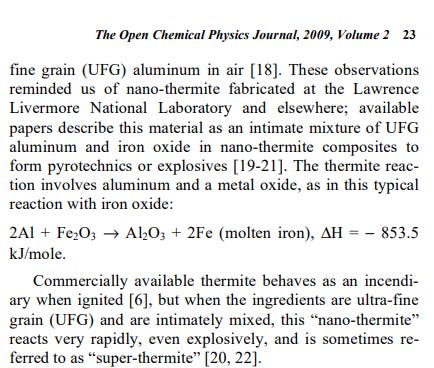FIRE AS A WEAPON
ALL THESE “WILDFIRES” SHOULD BE INVESTIGATED.
Wildfires as a Military Weapon
https://lionessofjudah.substack.com/p/lahaina-incineration-is-deadly-weather
http://www.itsuandi.org/itsui/downloads/Itsui_Materials/ForestFireAsAMilitaryWeapon.pdf
Weather is crucial for success in forest burning.
Maximum fire intensity is achieved by spacing ignitions so that adjacent fires begin to interact with each other at the exact time that each fire has reached its maximum normal intensity. Proper use of this area ignition technique can greatly increase the effectiveness of forest fire as a military weapon.
https://www.sciencedaily.com/releases/2023/08/230814122514.htm Nanoscale material offers new way to control fire -- ScienceDaily
High-temperature flames are used to create a wide variety of materials -- but once you start a fire, it can be difficult to control how the flame interacts with the material you are trying to process. Researchers have now developed a technique that utilizes a molecule-thin protective layer to control how the flame's heat interacts with the material -- taming the fire and allowing users to finely tune the characteristics of the processed material.
"Fire is a valuable engineering tool -- after all, a blast furnace is only an intense fire," says Martin Thuo, corresponding author of a paper on the work and a professor of materials science and engineering at North Carolina State University. "However, once you start a fire, you often have little control over how it behaves.
"Our technique, which we call inverse thermal degradation (ITD), employs a nanoscale thin film over a targeted material. The thin film changes in response to the heat of the fire, and regulates the amount of oxygen that can access the material.
That means we can control the rate at which the material heats up -- which, in turn, influences the chemical reactions taking place within the material.
Basically, we can fine-tune how and where the fire changes the material."
https://phys.org/news/2013-08-explosive-nanotechnology-highly-reactive-nanoenergetic.html
American scientists have reported in the journal Angewandte Chemie a new aerosol spray drying method for the generation of periodate nanoparticles that can be used in the formulation of highly reactive explosives.
In formulations with nanoaluminum as fuel, this new nanoperiodate demonstrated superior reactivity. "Our formulations resulted in the highest gas pressure pulses described to date for nanoenergetic materials," reports Zachariah.
https://www.benthamopen.com/contents/pdf/TOCPJ/TOCPJ-2-7.pdf Active Thermitic Material Discovered in Dust from the 9/11 World Trade Center Catastrophe
CONCLUSIONS
We have discovered distinctive red/gray chips in significant numbers in dust associated with the World Trade Center destruction. We have applied SEM/XEDS and other methods to characterize the small-scale structure and chemical signature of these chips, especially of their red component. The red material is most interesting and has the following characteristics:
1. It is composed of aluminum, iron, oxygen, silicon and carbon. Lesser amounts of other potentially reactive elements are sometimes present, such as potassium, sulfur, lead, barium and copper.
2. The primary elements (Al, Fe, O, Si, C) are typically all present in particles at the scale of tens to hundreds of nanometers, and detailed XEDS mapping shows intimate mixing.
3. On treatment with methyl ethyl ketone solvent, some segregation of components occurred. Elemental aluminum became sufficiently concentrated to be clearly identified in the pre-ignition material.
4. Iron oxide appears in faceted grains roughly 100 nm across whereas the aluminum appears in thin platelike structures. The small size of the iron oxide particles qualifies the material to be characterized as nano thermite or super-thermite.
5. Analysis shows that iron and oxygen are present in a ratio consistent with Fe2O3. The red material in all four WTC dust samples was similar in this way. Iron oxide was found in the pre-ignition material whereas elemental iron was not. 6. From the presence of elemental aluminum and iron oxide in the red material, we conclude that it contains the ingredients of thermite.
7. As measured using DSC, the material ignites and reacts vigorously at a temperature of approximately 430 ˚C, with a rather narrow exotherm, matching fairly closely an independent observation on a known super-thermite sample. The low temperature of ignition and the presence of iron oxide grains less than 120 nm show that the material is not conventional thermite (which ignites at temperatures above 900 ˚C) but very likely a form of super-thermite.
8. After igniting several red/gray chips in a DSC run to 700 ˚C, we found numerous iron-rich spheres and spheroids in the residue, indicating that a very high temperature reaction had occurred, since the iron-rich product clearly must have been molten to form these shapes. In several spheres, elemental iron was verified since the iron content significantly exceeded the oxygen content. We conclude that a high-temperature reduction-oxidation reaction has occurred in the heated chips, namely, the thermite reaction.
9. The spheroids produced by the DSC tests and by the flame test have an XEDS signature (Al, Fe, O, Si, C) which is depleted in carbon and aluminum relative to the original red material. This chemical signature strikingly matches the chemical signature of the spheroids produced by igniting commercial thermite, and also matches the signatures of many of the microspheres found in the WTC dust [5].
10. The carbon content of the red material indicates that an organic substance is present. This would be expected for super-thermite formulations in order to produce high gas pressures upon ignition and thus make them explosive. The nature of the organic material in these chips merits further exploration. We note that it is likely also an energetic material, in that the total energy release sometimes observed in DSC tests exceeds the theoretical maximum energy of the classic thermite reaction.
Based on these observations, we conclude that the red layer of the red/gray chips we have discovered in the WTC dust is active, unreacted thermitic material, incorporating nanotechnology, and is a highly energetic pyrotechnic or explosive material.
https://www.pnas.org/doi/10.1073/pnas.1605941113 Magnetite pollution nanoparticles in the human brain | PNAS
They arise as combustion-derived, iron-rich particles, often associated with other transition metal particles, which condense and/or oxidize upon airborne release. Those magnetite pollutant particles which are <∼200 nm in diameter can enter the brain directly via the olfactory bulb. Their presence proves that externally sourced iron-bearing nanoparticles, rather than their soluble compounds, can be transported directly into the brain, where they may pose hazard to human health.
https://patentimages.storage.googleapis.com/4e/48/c7/1749609eefd47b/US5003186.pdf
SUMMARY OF THE INVENTION
A method is disclosed for reducing atmospheric warming due to the greenhouse effect resulting from a greenhouse gases layer. The method comprises the step of seeding the greenhouse gas layer with a quantity of tiny particles of materials characterized by wavelength dependent emissivity or reflectivity, in that said materi als have high emissivities in the visible and far infrared wavelength regions and low emissivity in the near infra red wavelength region. Such materials can include the class of materials known as Welsbach materials.
The oxides of metal, e.g., aluminum oxide, are also suitable for the purpose.
A desired material for the stratospheric seeding has a reflection coefficient close to unity for near IR radia tion, and a reflection coefficient close to zero (or emis sity close to unity) for far IR radiation. FIG. 3 is a graph illustrating an ideal emissivity versus wavelength func tion for the desired material. Another class of materials having the desired property includes the oxides of met als. For example, aluminum oxide (Al2O3) is one metal oxide suitable for the purpose and which is relatively inexpensive.
3. The method of claim 1 wherein said material comprises aluminum oxide.
https://www.ncbi.nlm.nih.gov/pmc/articles/PMC7071840/ Aluminium toxicosis: a review of toxic actions and effects - PMC (nih.gov)
https://patents.google.com/patent/US7645326B2/en RFID environmental manipulation
Abstract
A system and method to reduce signal to noise ratio within an RFID enabled warehouse or distribution center by introducing highly reflective aluminum oxide particulate into the atmospheric environment of the warehouse or distribution center. The aluminum oxide will be comprised of nano size particulate manufactured in an aerosol format. This particulate will be introduced into the environment through the auspices of the heating, ventilation and air conditioning mechanism associated with the environment.
https://patents.google.com/patent/US20100127224A1/en Atmospheric injection of reflective aerosol for mitigating global warming
Abstract
A method is provided for mitigating global warming. In such method, fine particles can be injected or dispersed into the stratosphere. The particles can be characterized by relatively low emissivity in the visible spectrum and relatively high emissivity at thermal infrared wavelengths. In a particular embodiment, the fine particles can consist predominantly of silica. In a particular embodiment, the fine silica particles can include diatomaceous earth (DE), which may or may not be heat treated before injection and dispersal within the stratosphere.
In one embodiment, the fine silica particles can include at least one of silica fume, fumed silica, or powdered quartz.
The fine silica particles may have an average diameter ranging between 5 nanometers and 100 microns.
https://www.concentra.com/resource-center/articles/what-is-silica-and-why-is-it-dangerous/
What is the danger of crystalline silica exposure?
Crystalline silica has been classified as a human lung carcinogen, and can cause serious lung disease and lung cancer. It only takes a very small amount of respirable silica dust to create a health hazard.
One of the dangerous effects of silica exposure is a disease called silicosis, which can be contracted after just a few months of high exposure. Silicosis occurs when silica dust enters the lungs and causes the formation of scar tissue, reducing the lungs’ ability to take in oxygen. There is no cure for silicosis, and cases can be disabling or even fatal.
Symptoms of silicosis may include:
Cough
Fatigue
Shortness of breath
Chest pain
There is no known cure for silicosis and some patients may require a lung transplant.
Workers exposed to silica and those who have silicosis are also at increased risk of tuberculosis (TB), a contagious and potentially life-threatening infection.
Exposure to respirable crystalline silica puts workers at risk for developing other serious diseases including:
AND SO FORTH …
















These links below show that DEW - Direct Energy Weapons ( Lasers ) which the DOD has had since the late 70's and 80 were used to incinerate buildings, cars, boats and fellow human souls. Notice the trees between them etc were often left standing. In one case, the trailer attached to car was melted but the car did not have a scratch on it 😳🤔
The DEW Directorate is headquartered in HI. This is all the info ( and more ) that you need to connect the dots. There are other scary but true rabbit holes contained in the comments in the links if you can handle these truths.
Time to pick up our socks and put an end to the Feds killing us.
https://rumble.com/v1i5k79-directed-energy-weapons-are-being-used-to-cause-strange-wildfires.html
https://rumble.com/v2tsbfu--looking-for-clues-in-the-california-and-canadian-forest-fires-these-are-no.html
https://palexander.substack.com/p/mandalay-bay-hotel-las-vegas-remember/comments
https://www.thelastamericanvagabond.com/page/2/
https://markcrispinmiller.substack.com/p/what-kind-of-wildfires-burn-in-a/comments
Who benefits from these "fires"? Those promoting Agenda 2030 , 15 minute cities, etc. The east will get colder and wetter as well, as we go through another maunder-minimum type climate scenario, exacerbated. by DEW.